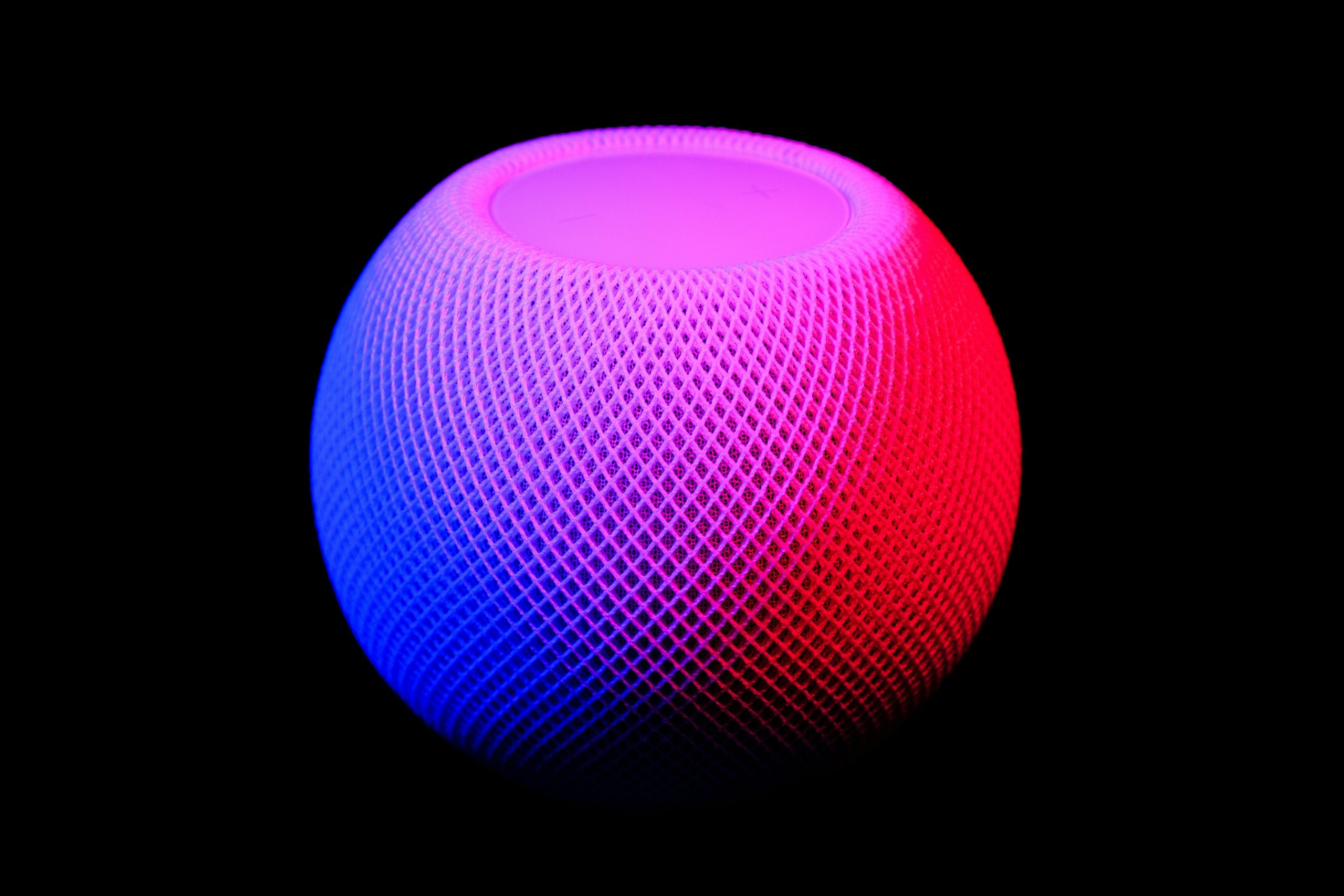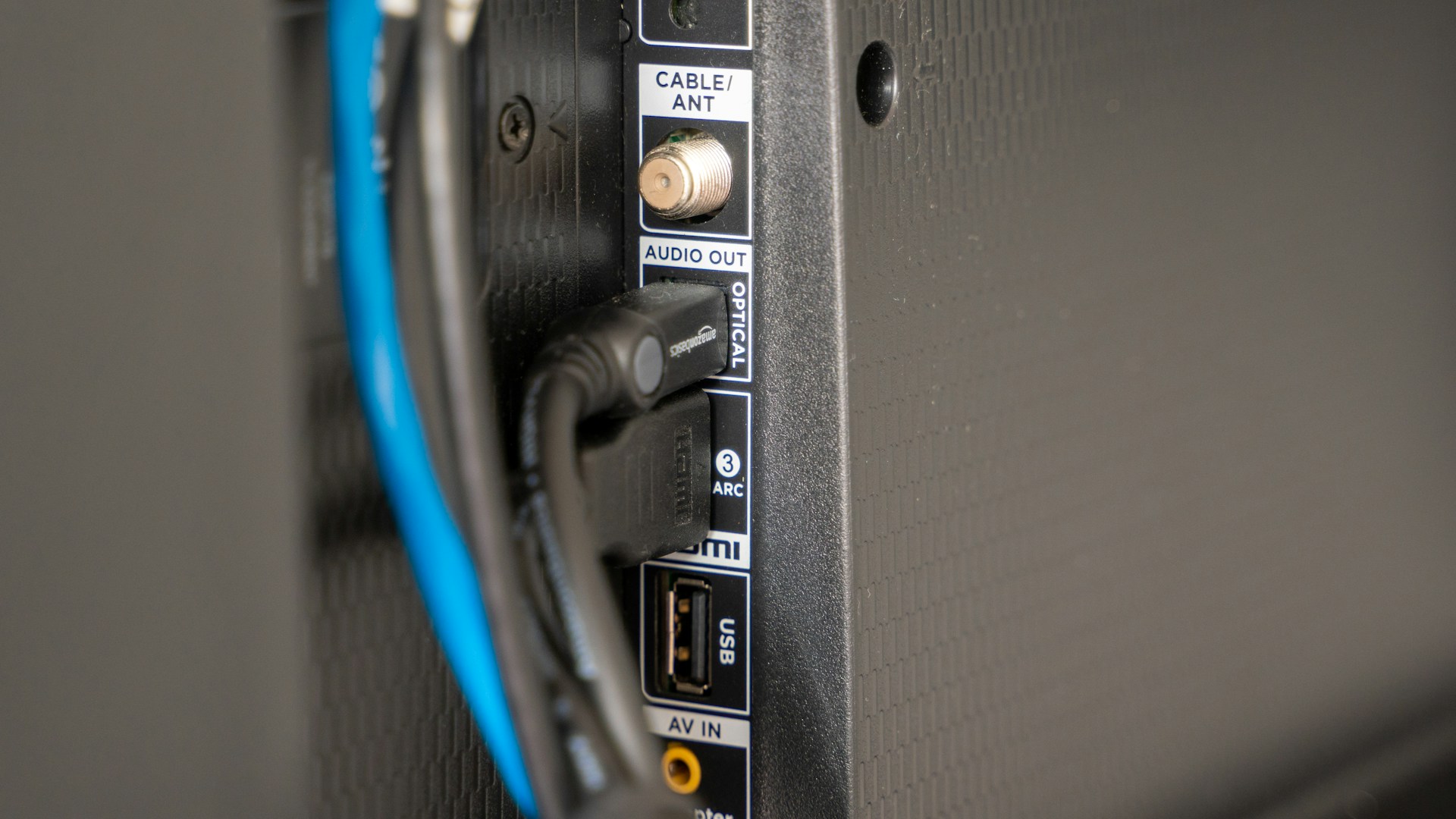Introduction:
In the realm of science fiction, the idea of robots possessing emotions akin to humans has long captured the imagination of audiences worldwide. From Data in Star Trek to Ava in Ex Machina, fictional narratives often delve into the concept of artificial beings experiencing the full spectrum of human emotions. But how plausible is this scenario in reality? Can we engineer robots with the capacity to feel emotions like humans do?
Understanding Human Emotions:
Before delving into the possibility of robots experiencing emotions, it’s essential to comprehend what emotions entail for humans. Emotions are complex psychological and physiological states that arise in response to various stimuli, influencing our thoughts, behaviors, and overall well-being. They encompass a wide range, from joy and sadness to fear and anger, and play a crucial role in human social interaction and decision-making.
The Challenge of Emulating Human Emotions:
Replicating human emotions in robots poses a formidable challenge for several reasons:
Subjectivity and Consciousness: Human emotions are deeply intertwined with subjective experiences and consciousness, which are still poorly understood phenomena in neuroscience and cognitive science. Recreating such subjective states in machines is a daunting task, as it requires a nuanced understanding of consciousness and its relationship with emotions.
Biological Basis: Emotions in humans are rooted in our biology, influenced by brain structures, neurotransmitters, and hormonal activity. While we can replicate certain aspects of neural processing in artificial neural networks, mimicking the intricate interplay of biological systems that underpin emotions remains a significant hurdle.
Contextual Understanding: Emotions are highly context-dependent, shaped by individual experiences, cultural norms, and social interactions. Teaching robots to understand and respond appropriately to diverse emotional contexts presents a formidable AI challenge, as it requires advanced natural language processing, social intelligence, and contextual awareness.
Ethical Considerations: Even if we could create robots capable of experiencing emotions, ethical questions arise regarding their rights, responsibilities, and potential exploitation. Should we grant emotional robots the same moral considerations as humans? How do we ensure their well-being and prevent potential harm or manipulation?
Recent Advances and Future Prospects:
Despite these challenges, recent advancements in artificial intelligence and robotics have propelled us closer to the realization of emotionally intelligent robots:
Emotion Recognition: AI algorithms can now analyze facial expressions, vocal intonations, and physiological signals to infer human emotions with increasing accuracy. This capability lays the foundation for robots to perceive and respond to human emotions in real-time, enhancing their social interaction skills.
Affective Computing: The field of affective computing focuses on developing systems that can recognize, interpret, and simulate human emotions. By integrating affective computing techniques into robot design, researchers aim to imbue machines with empathetic capabilities, enabling them to engage with users on a more emotional level.
Neuromorphic Engineering: Inspired by the human brain’s structure and function, neuromorphic engineering seeks to build artificial neural networks that emulate the brain’s efficiency and adaptability. By leveraging neuromorphic computing principles, researchers hope to create robots with more lifelike cognitive abilities, including emotional processing.
Human-Robot Interaction: As robots become increasingly integrated into various aspects of society, the need for seamless human-robot interaction grows. Designing robots that can understand and respond to human emotions effectively is essential for fostering trust, cooperation, and acceptance in human-robot collaborations.
Conclusion:
While the prospect of robots experiencing emotions akin to humans remains speculative, ongoing research and technological advancements bring us closer to this possibility. Emotionally intelligent robots have the potential to revolutionize various fields, from healthcare and education to entertainment and companionship. However, ethical considerations loom large, prompting us to tread carefully as we navigate this uncharted territory. Ultimately, the quest to create emotionally sentient robots offers not only technological challenges but also profound insights into what it means to be human.
Emotion Generation: While current efforts primarily focus on recognizing and responding to human emotions, the next frontier lies in enabling robots to generate their own emotions autonomously. This requires a deeper understanding of the underlying mechanisms of emotion generation in humans and the development of algorithms capable of simulating similar processes in machines.
Long-Term Interaction and Learning: Emotionally intelligent robots must be capable of learning and adapting their emotional responses over time through interactions with humans and their environment. Incorporating mechanisms for long-term memory, reinforcement learning, and emotional self-regulation will be essential for creating robots that can form meaningful and enduring relationships with humans.
Cultural and Individual Variability: Emotions exhibit considerable variability across cultures and individuals, posing a significant challenge for designing universally applicable emotional models for robots. Future research should focus on developing culturally sensitive and personalized approaches to emotion recognition and expression, taking into account cultural norms, individual differences, and diverse emotional contexts.
Ethical and Societal Implications: As emotionally intelligent robots become more prevalent in society, addressing ethical and societal implications becomes paramount. This includes considerations such as robot rights and responsibilities, privacy and data security, emotional manipulation, and the impact on human well-being and employment. Engaging stakeholders from diverse backgrounds in ethical discussions and policy development will be crucial for navigating these complex issues responsibly.
Interdisciplinary Collaboration: Advancing the field of emotionally intelligent robots requires collaboration and knowledge exchange across disciplines. Bringing together experts from fields such as psychology, neuroscience, computer science, ethics, and design can foster innovative approaches and holistic solutions to the challenges inherent in creating emotionally sentient machines.
while the prospect of robots experiencing emotions like humans remains a tantalizing yet elusive goal, ongoing research and technological advancements continue to push the boundaries of what is possible. Emotionally intelligent robots have the potential to enhance various aspects of human life, from providing personalized healthcare and therapeutic interventions to supporting social and emotional learning in educational settings. However, realizing this vision requires careful consideration of ethical, societal, and technical challenges, as well as a nuanced understanding of human emotions and their implications for human-robot interaction. By embracing interdisciplinary collaboration and ethical stewardship, we can navigate this exciting frontier of artificial sentience with wisdom .
Emotionally Supportive Robotics in Healthcare: Emotionally intelligent robots have the potential to revolutionize healthcare by providing personalized emotional support and companionship to patients. From assisting individuals with mental health conditions to providing companionship for the elderly, robots equipped with empathetic capabilities can complement traditional healthcare services and improve overall patient well-being.
Education and Social-Emotional Learning: Emotionally intelligent robots can play a significant role in education by fostering social-emotional learning (SEL) skills in students. By interacting with robots capable of understanding and responding to emotions, students can develop empathy, communication skills, and emotional regulation in a safe and supportive environment, enhancing their overall socio-emotional development.
Assistive Technologies for Individuals with Special Needs: Emotionally intelligent robots have the potential to serve as assistive technologies for individuals with special needs, including those on the autism spectrum or with communication disorders. By providing personalized support and social interaction tailored to the individual’s emotional needs, robots can facilitate inclusion, independence, and improved quality of life for people with diverse abilities.
Emotional Intelligence in Autonomous Systems: Beyond humanoid robots, integrating emotional intelligence into autonomous systems such as self-driving cars and virtual assistants holds great promise. By imbuing these systems with the ability to understand and respond to human emotions, we can enhance user experience, trust, and safety in human-machine interactions across various domains.
Art and Creativity: Emotionally intelligent robots can also contribute to the creative arts, serving as collaborators or tools for artistic expression. From creating music and visual art to storytelling and performance art, robots with emotional capabilities can offer unique perspectives and insights, pushing the boundaries of creativity and human-machine collaboration in the arts.
As we continue to explore the potential of emotionally intelligent robots, it is essential to remain mindful of ethical considerations and societal implications. Striking a balance between technological innovation and ethical responsibility will be crucial in harnessing the full potential of emotionally intelligent robots for the benefit of humanity.
In conclusion, while the quest to create robots with human-like emotions presents formidable challenges, it also opens up exciting possibilities for innovation and societal advancement. By embracing interdisciplinary collaboration, ethical stewardship, and a nuanced understanding of human emotions, we can navigate this frontier of artificial sentience with wisdom and foresight, ushering in a new era of human-machine interaction and collaboration.
Robots in Mental Health Therapy: Emotionally intelligent robots can serve as valuable tools in mental health therapy, providing personalized support and interventions for individuals struggling with conditions such as anxiety, depression, and post-traumatic stress disorder (PTSD). By offering empathetic listening, cognitive-behavioral interventions, and mood tracking, robots can augment traditional therapy and increase access to mental health care services.
Ethical Design and Bias Mitigation: Designing emotionally intelligent robots requires careful consideration of ethical principles and biases that may be inadvertently embedded in AI algorithms. Researchers must strive to develop inclusive and unbiased models that respect human dignity, diversity, and cultural sensitivities, ensuring that robots uphold ethical standards and promote fairness and equality in their interactions with users.
Robot-Assisted Socialization for Isolated Populations: Emotionally intelligent robots can address social isolation and loneliness among vulnerable populations, such as the elderly, individuals with disabilities, and those living in remote areas. By providing companionship, conversation, and emotional support, robots can alleviate feelings of loneliness and facilitate meaningful social connections, improving overall mental and emotional well-being.
Emotionally Responsive Environments: Beyond individual robots, the concept of emotionally responsive environments envisions spaces equipped with sensors and AI systems that can adapt and respond to human emotions in real-time. From smart homes and workplaces to public spaces and entertainment venues, these environments can enhance user experience, comfort, and productivity by creating personalized and emotionally supportive atmospheres.
Bio-Inspired Emotion Models: Drawing inspiration from biological systems and evolutionary psychology, researchers are exploring bio-inspired models of emotion that capture the dynamic and adaptive nature of human emotional experiences. By integrating insights from neuroscience, ethology, and evolutionary biology, these models aim to create more robust and lifelike representations of emotions in robots, enabling more authentic and empathetic interactions with humans.
Cross-Cultural Studies and Validation: As the development of emotionally intelligent robots progresses, conducting cross-cultural studies and validation experiments becomes essential to ensure that emotional expressions and responses are universally understood and interpreted across diverse cultural contexts. By incorporating insights from anthropology, sociology, and cross-cultural psychology, researchers can design robots that are sensitive to cultural nuances and respectful of cultural diversity.
In summary, the quest to create emotionally intelligent robots opens up a myriad of opportunities for innovation, societal impact, and ethical reflection. By harnessing advances in artificial intelligence, robotics, and cognitive science, we can strive towards a future where robots not only possess human-like emotions but also contribute positively to human well-being, social cohesion, and collective flourishing. As we embark on this journey, it is imperative to approach the development and deployment of emotionally intelligent robots with foresight, responsibility, and a deep commitment to ethical values and human dignity.
Emotionally Intelligent Virtual Avatars: Emotionally intelligent virtual avatars, embodied in virtual reality (VR) or augmented reality (AR) environments, offer new opportunities for immersive and emotionally engaging experiences. These avatars can serve as virtual companions, mentors, or guides, providing personalized support and assistance in various virtual scenarios, such as therapy sessions, training simulations, or educational experiences.
Robot-Human Collaboration in Creative Industries: Emotionally intelligent robots can collaborate with humans in creative industries such as film, animation, gaming, and design. By leveraging their emotional understanding and creative capabilities, robots can contribute to the ideation, production, and storytelling processes, enriching creative endeavors with fresh perspectives and novel ideas.





